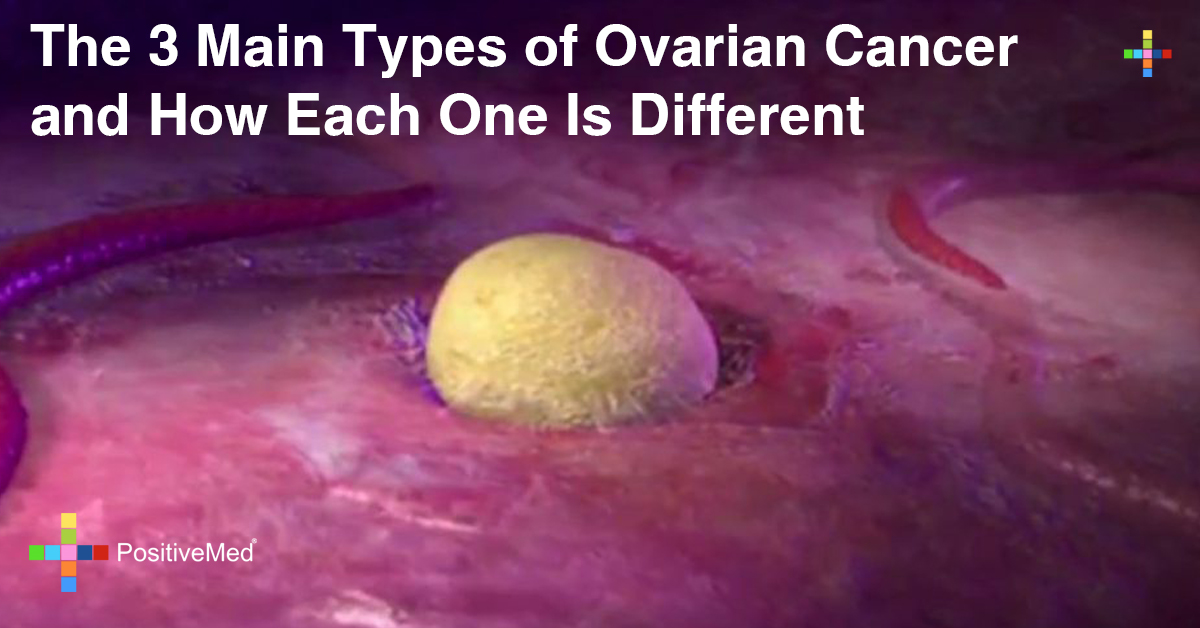Ovarian cancer is a scary topic. But fears surrounding these two little words can be decreased when you know a little more about it. The ovaries are two organs about the size and shape of an almond that sit on both sides of the uterus. An ovary’s purpose is to make eggs for reproduction and produce female hormones. There are three very different types of cells that make up the ovaries. Each of these three cell types can turn into a specific type of ovarian cancer. And each of these types of cancers acts differently inside the body. The three types of cancers that can start in ovaries are epithelial, germ cell, and stromal cell.

Epithelial cells cover the surface of the ovaries. Cancer that begins in epithelial cells is the most common type of ovarian cancer. It is most likely to affect women who have gone through menopause but can also happen in younger women. Thankfully, this type of cancer is usually a benign tumor (noncancerous). If it is not benign, it is called an epithelial cell carcinoma and can be quite dangerous. The danger of this cancer lies in the fact that most of these cancers are diagnosed after they have spread. Cancer that has spread away from where it started is harder to treat and cure.
Germ cells are the cells that develop into eggs. There is a lot of good news regarding this type of cancer of the ovaries. It is usually benign. It is rare. When it turns out to be cancerous, it has a high cure rate. Germ cell carcinomas usually affect teenagers and women in their early 20s but are cured in about 90% of these women. Women who have been treated for this type of cancer are usually still able to have children.
It is very rare for stromal cells to develop into cancer. Stromal cells are the cells in the ovaries that produce female hormones. Stromal cells also make up the tissue that holds the ovaries together. Most of these cancers are caught before they have spread to other parts of the body. This type of cancer is usually treated by removing the ovaries. When stromal cell tumors are large, have ruptured, or contain certain types of cells, they may come back and have to be treated more aggressively.
These three types of cancers that occur in the ovaries are also categorized by stage. The stage of cancer will tell you if cancer has spread outside the ovaries. It also tells you how far it has spread and what is the best treatment for it. The stages of cancer of the ovaries are I, II, III, and IV with subsets in each stage with specific criteria. Stage I means that cancer cells are only found in the ovaries and have not spread to lymph nodes. Stage IV means the cancer is all over the body.
Ovarian tumors can be either benign or cancerous. The three types of ovarian cancers behave differently in the body because they begin from different cell types. The severity and outlook for a cure depend on the type of cancer and its stage.






